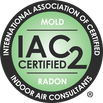Mike's Home Inspector BlogMichael Burfitt |
|
There are few things I prioritize over quality home inspections and my family is at the top of that list. Like all parents I always try to keep my child safe and healthy but, like being a great home inspector, there are always lessons to be learned and improvements to be made.
A few years ago my son was born, and I officially became a parent. I remember on the drive home from the hospital thinking about how it was crazy that possibly the two biggest life changers most people face (moving into a new house and bringing home a newborn) both have no technical manuals and while I knew I would be a great parent, I had the all-too-common feeling of not even knowing where to start. But enough about my personal ramblings: this article is about providing a safe and healthy environment for our little ones. I have learned a lot, both through my home inspector training and general life experience about having a safe and healthy home. New parents already know about baby gates, outlet covers, etc. so I’m going to look at less obvious ways to keep kids healthy and happy. Houses (and Children) Need to Breathe! I just finished writing a post about mechanical ventilation before this. The obvious retort that I didn’t address in that post was “is ventilation REALLY that important? I grew up in an airtight home and did fine!” Most of the kids in my neighbourhood in my early 80s constructed subdivision were fine in terms of surviving but health problems such as asthma and ear infections were rampant. While I am no medical professional, I now realize the most likely reason for this was simple: the air was stale and contaminants floated in the air, especially cigarette smoke. Yes, for you younger readers, back in the 80s people smoked EVERYWHERE except in schools and the concern for homebuilders was keeping heat in, not getting pollutants out. Lead is Still an Issue Today I remember as an 80s kid pulling up to the gas station and hearing my parents ask for “regular unleaded”. Lead was slowly removed in the 1980 and by the time the 90s arrived the gas station no longer had leaded gasoline. So, it’s great that lead is no longer used, and we don't need to worry, right? WRONG! Fact is, lead is still used to this day although usually either in very small quantities or safely sealed, such as in lead-acid batteries. Lead poisoning has been linked to a number of significant neurological issues and it affects children much more than adults. What's worse is that lead has a sweet texture, which can be attractive to exploring babies and toddlers. There is certainly no need to panic about lead, just to be aware. Some common areas that lead is found are: Water Pipes In the Halifax area, they are ONLY found in Peninsular Halifax, Dartmouth inside Highway 111 and near Chocolate Lake and even within these areas, only a small fraction of homes use lead rather than copper supply lines. Any home inspector or plumber can usually quickly tell you if you have lead pipes and point you to the next steps to safely remove them. Keep in mind that lead solder was used until 1986 and lead was permitted in plumbing fixtures (in small quantities) until 2014! Paint This varies: before 1950 paint had a large amount of lead, by 1980 lead levels were greatly reduced, by 1992 paint is virtually lead free. While on the wall it isn’t too hazardous (almost all pre-90s houses have had leaded paint covered over by another lead-free layer), stripping or disturbing lead paint can spread toxic lead dust throughout a home. Mini-Blinds. While they were voluntary recalled in 1996, some of these window coverings may still be around. Even if kept out of reach of children, the Sun’s UV rays slowly degrade the blinds and releases lead dust into the air. These should be removed and replaced immediately if discovered. Carbon Monoxide (CO) is a Silent Killer Any home that uses a heat source other than electricity and/or has an attached garage has carbon monoxide as a result of the combustion process. Usually, it is safely vented outside but no system is perfect. I have heard some people claim it’s not big deal since you can smell it and this is wrong. CO, like Propane and Natural Gas is 100% odourless, colourless and flavourless. The difference is that companies add Methanethiol, commonly known as Rotten Egg smell that is easily detected by humans, while CO obviously has no additives and cannot be detected by any human senses. Children are especially vulnerable to CO poisoning, especially after bedtime and sadly far too many adults and children pass away in their sleep due to CO. Therefore, it is imperative to not only have working CO detectors but to regularly inspect and replace if necessary. These are just a few of many examples that new parents, often already overwhelmed, simply don’t consider when childproofing their home for the first time. Recently we have been doing a little spring cleaning in the summer and trying to do some organizing. I must admit I have a hard time letting go of items “just in case” although I certainly cannot be considered a hoarder in any way. There are several TV shows that cover the topic of hoarding and while they are informative, they tend to show the worst examples of a hoarding disorder.
What is Hoarding? The generally accepted definition of hoarding is someone who has “persistent difficulty with getting rid of possessions, especially with little or no value”. Like many other issues, it is not an all or nothing condition and various stages of hoarding exist. Generally, for a home inspector this means a hoarded home has items stored outside the normal expected areas in a house such as in stairways, in the middle of living room floors and an excessive amount on kitchen counters. The Main Problems with Hoarding The most obvious one to home inspectors is that an unusually large number of belongings in a home makes it difficult to do our jobs. We don’t have the ability to move a significant amount of homeowner belongings, and this can conceal signs of water damage or mold growth. The biggest concern however is safety. Hoarding and Emergencies When you think of emergencies, most people think of needing a clear path to escape in a fire or for paramedics to enter. Even with a path cleared that doesn’t mean that fire safety can be ignored. It takes very little time for toxic smoke to overwhelm someone, often in seconds rather than minutes. The more obstacles to walk around, the higher the chances of a tragic outcome. From a home inspection point of view, there is another potential emergency that few new homeowners think of: access to shut offs. All homes should have at least 2 and possibly 3 or more: they are usually located:
Burst plumbing in particular can do devastating amounts of damage in only a short period of time. Electrical arcs can cause fires if not immediately de-energized and electrocution can occur by touching even a single live wire if the electrical source is not stopped immediately. Some outlets in a home are protected by GFCI (Ground Fault Circuit Interrupters) but this is not universally required on all receptacles, particularly in older homes and, like an airbag or a seatbelt should not be 100% relied on to save your life. Too Many Things are a Liability, NOT an Asset Of course, many of us find that we have accumulated many more items in our house than we had when we moved in but it is vital that we regularly manage our clutter to keep it from impeding the safe function of our home. Too many assets can actually be a liability. Always keep things in designated storage spots so you will have access to everything necessary to maintain your home and be safe. Your local home inspectors and emergency responders thank you! 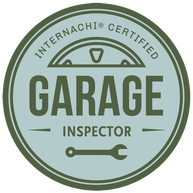 Possibly one of the biggest dangers in a home that most homeowners and tenants are unaware of is located in the garage. There are a number of concerns for home inspectors in this area of the home and the most obvious one is the garage door. This is one of, if not the heaviest item in the house and to make matters worse, it is meant to be raised and be suspended overhead. When it comes to garage doors, I tend to focus on three main issues: Garage Door Springs While safety has improved significantly over the years, the simple fact is that torsion springs are always under a significant amount of tension. A spring failure can not only cause significant hand and facial injuries but, given how high these springs are off the ground and how sudden the forces of a broken spring are, can easily knock someone off a ladder. Garage floors are usually made of hard concrete, and falls can be fatal from even a small height. Defective or Missing Auto-Reverse Sensor All garage doors need to have an auto-reverse sensor to not only protect children and animals but also against items that are accidently placed under garage doors. Many years ago, I saw the result of someone leaving a heavy object under a garage door without a sensor and the damage to the door was significant and costly. We usually test this by sweeping a small piece of a 2X4 under the door to ensure a closing door immediately reverses. Missing Handle Particularly on manually operated doors, a handle is of the utmost importance. Without a handle, fingers can easily get into a pinch point when closing a garage door and cause significant injury to that area. While obviously not as dangerous as the first two issues it is still something to be aware of. It bears repeating that garage doors are heavy, and their springs are under an incredible amount of tension even when at rest. Unless you are trained and experienced, never attempt to do a DIY repair on a garage door or spring and always leave it to the professionals. While an Indiana Jones style slide looks great, it should stay in the movies where it belongs. Fortunately, garage doors generally don’t need a lot of maintenance: as long as the tracks are kept lubricated and any unusual noises are not ignored, you will enjoy safe travels to and from your home for many years to come. Like any homeowner, while I like where I live and consider myself very fortunate to be a homeowner in Halifax, there are definitely things I would change if I could and at the top of the list is our stairways. I think the pictures speak for themselves. This setup would not be permitted in the USA but here in Canada this stairway is 100% building code compliant, at least in a single dwelling. Regardless of what the codebook says, I do not like this setup and see it as an unnecessarily dangerous design (especially going down) that should not be permitted. Not only are the top few steps very narrow, but it is very steep to the point the railing goes completely vertical. There is obviously little that can be done without re-designing the entire house, but I did make two improvements: the first is almost invisible on the picture above so let me focus in on what I did. Looking at the bottom of the left picture, the bracket in the middle of the stairs does not match the other ones because this one was completely missing when we moved in. Railings should be supported every 1.2 metres so I added one to further secure the handrail. As well, the top of the railing was only connected to the wall stud with one screw: the other two were only drilled into the drywall and were very loose. I re-attached this bracket using proper anchors and it is now tight to the wall.
When I do inspections, I always pay special attention to the staircases: while obviously they cannot be re-designed, I will point out areas that might be an issue, and suggestions for maximizing safety. For example, a significant number of homes I have inspected have been completely missing handrails. In my experience, the only bigger hidden danger in a house is automatic garage doors, which is the perfect reason to write about it in our next blog post. In the meantime, check your railings to ensure they are tight and can support the force of an adult pushing down on them: as the old saying goes a chain is only as strong as its weakest link and the middle of a slip and fall is not the time to test that saying! Along with how meticulous I am in doing home inspections, I do my best to be attentive when it comes to my own home's maintenance. If a fellow inspector were to check us out, I imagine they would have a very easy job! Like any homeowner, however, there are areas of improvement in my home I have been putting off and one such example is seen below. I take comfort in knowing that I am not alone in my procrastination and as of the end of 2021, 100% of the homes I have inspected have this exact same issue. The obvious guess is that it is something to do with the electrical cord, especially since my blog has more articles about electrical than any other subject and…. you know…. it is the only thing visible in the photo. Nope, the electrical is perfectly fine and while it looks frayed towards the plug, this is just a camera trick. It’s not the lack of baseboards either, which is generally not a great idea to use behind a stove. The problem is what is missing: there are no anti-tip brackets. What is an Anti-Tip Bracket? Even though all stove manufacturers in North America are required to include these brackets, they are usually thrown away, added to the junk drawer or left attached in a bag located in the back of the stove. It is simply a set of small, L shaped clips that are installed on the wall and tucked under the stove’s back feet. This will not only protect against toddlers tipping the entire stove over (which luckily is still extremely difficult to do even without the brackets), but against the stove being shaken and causing the contents on top to potentially come crashing down.
Not Just For Kids Obviously being a Dad I can't help but focus on young children but adults can sometimes instinctively grab the oven door handle when falling. Even taking a heavy pan out of the oven can lead to a hot pot coming crashing down by accidently hitting the oven door when it is open. While a stove tipping over is obviously not something that happens very often, I always advocate taking all reasonable steps to maximize safety in the home. As these brackets are included with every stove (and can be purchased at any hardware store) there is no reason for not installing them. Now if you will excuse me, I have a job to take care of. 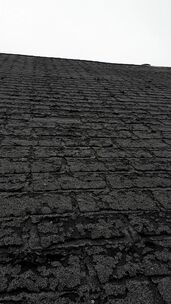 This is a perfect example of a roof covering that needs replacement. This is a perfect example of a roof covering that needs replacement. There are few things that I consider more important than providing outstanding home inspections: operating my business in a safe, legal, and ethical manner is one of them. I am extensively trained and experienced in working from heights thanks to my career in building operations and know how dangerous and difficult working at elevations can be. While there are some variables and subjectivity involved, such as snow or rain, there is no need to be subjective about what is considered a safe roof height to traverse: Nova Scotia’s laws prescribe the regulations involved in working from heights without a proper fall arrest system. Workplace Health and Safety Regulations - Occupational Health and Safety Act (Nova Scotia) You are welcome to try and read the entire set of regulations without falling asleep but all you need to know is that you can only work up to 10' (3m) from a safe surface without having a fall arrest system. While such residential fall arrest systems do exist, they are expensive and used almost exclusively by roofing companies. So, how do we inspect the roof if it cannot be traversed safely or legally? There are a number of alternatives. The easiest such way is to inspect from the eaves while remaining on the ladder. Often times I can easily inspect from the ladder as I have developed a sixth sense if the roof has an issue and know what to look for. This is my preferred method but is not always feasible, especially on very tall houses. The next alternative, while not my favourite, is to use a pair of binoculars to check the condition of the roof from the ground. UPDATE: As of 2022, I now have a drone (or helicopter as my son likes to call it) to provide a higher quality roof and gutter inspection when it isn't possible to traverse the roof. I did one inspection where there was no way to either reach the roof or see it from the ground. To accomplish this inspection, I got as high as I could and used a pole to attach my camera. The picture I took clearly shows the roof was well past its life expectancy and needed immediate attention. There are also some roofs that cannot be safely stepped on by home inspectors no matter how close they are to the ground. Two such examples are roofs with a metal covering and steep roofs of any kind. I also inspect roofs from the underside by entering the attic space. This is the only way to determine if there are any active roof leaks or evidence of any past leaks: there are a number of indications such as an anomaly on my thermal imager, compressed insulation, organic growth and of course visibly dripping water. This blog makes it clear how passionate I am about sharing my knowledge of home inspections and how much I go the extra mile for my clients but never at the expense of anyone’s safety. If I ever get the temptation to skirt the law or do something I know is unsafe I just remind myself of the person who has to tell my toddler that his Daddy considered getting a slightly better view of a roof as more important than coming home safely at the end of the day. |
Archives
July 2024
Categories
All
|
|
Inside Edge Home Inspections Ltd.
Halifax, NS 902-209-9921 [email protected] Proudly Serving the HRM & Central Nova Scotia |


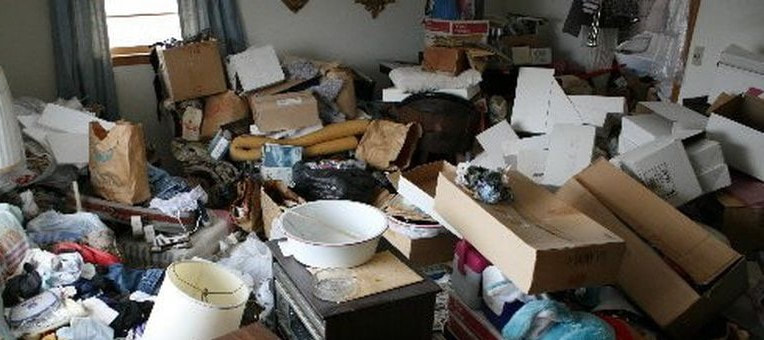
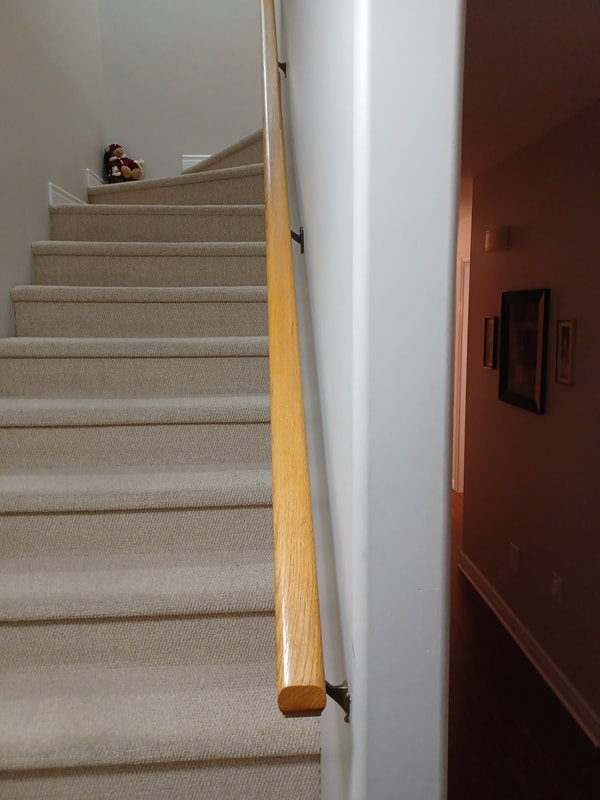
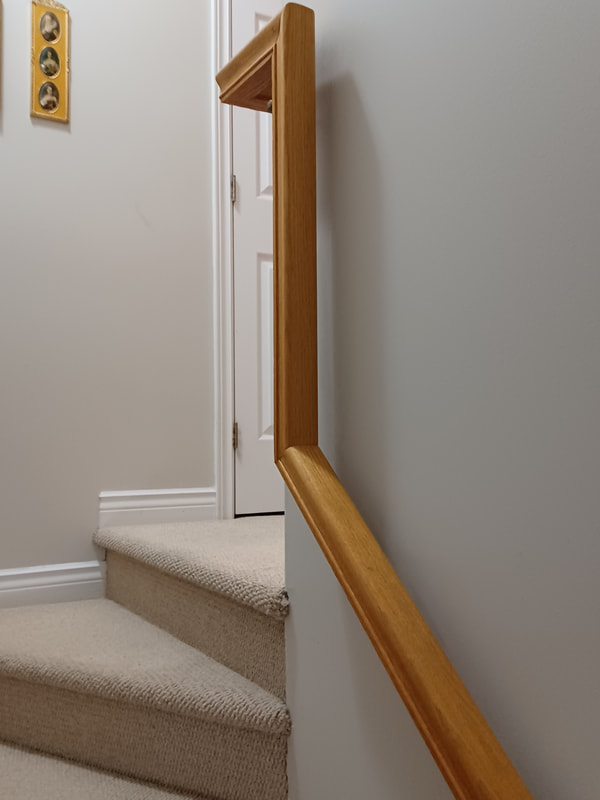
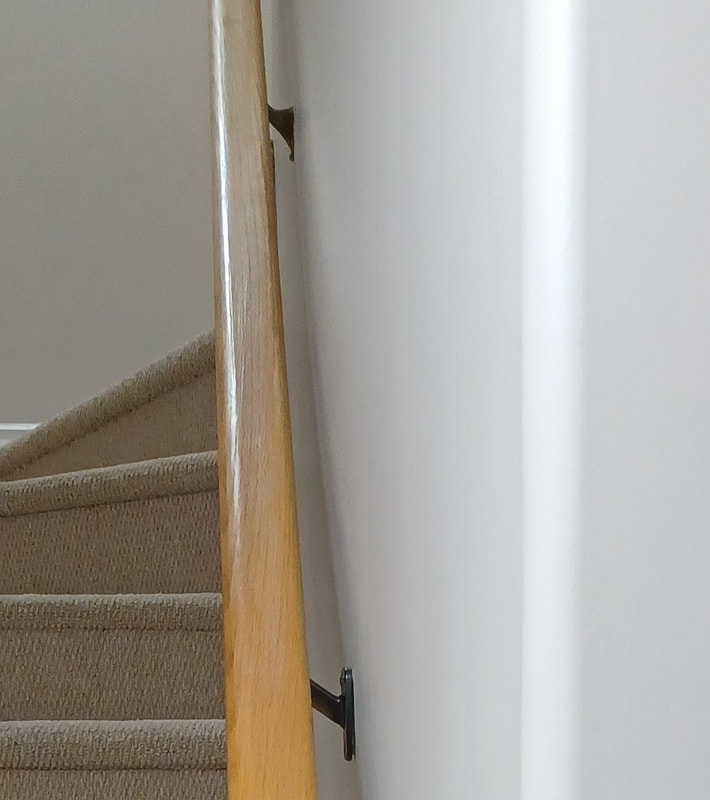
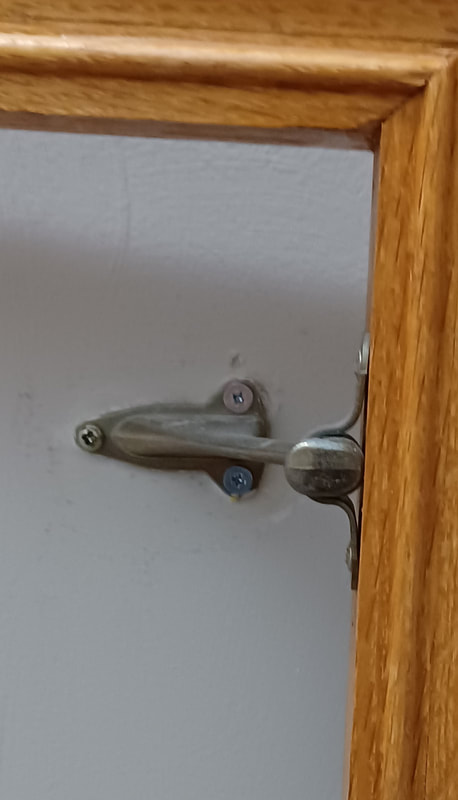
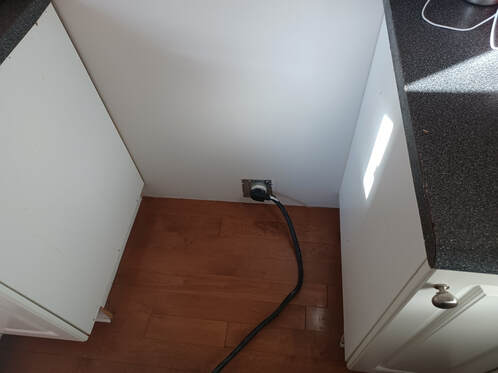
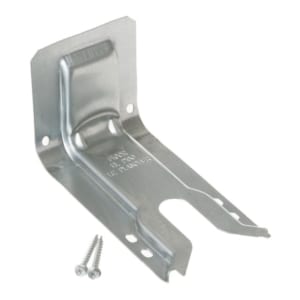
 RSS Feed
RSS Feed

